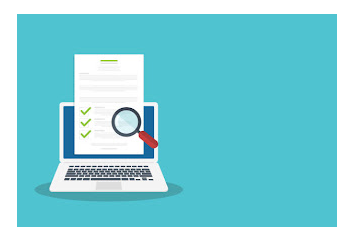Enhancing Learning Through Gamification in eLearning

Contents
Introduction
In recent years, traditional methods of learning have been augmented by innovative approaches to engage and motivate learners. One such approach gaining significant attention is gamification in eLearning. By incorporating game elements into educational platforms, gamification transforms the learning experience, making it more enjoyable, interactive, and effective. In this article, we will explore the concept of gamification in eLearning and discuss its benefits and applications.
What is Gamification in eLearning?
Gamification in elearning refers to integrating game mechanics, such as points, levels, badges, leaderboards, and challenges, into the learning process. It aims to tap into the inherent human desire for competition, achievement, and rewards to enhance motivation, engagement, and knowledge retention. By applying game principles to educational content, gamification offers a more immersive and personalized learning experience, fostering active participation and promoting a sense of accomplishment. You can read more here https://anyforsoft.com/blog/gamification-in-elearning/.
Benefits of Gamification in eLearning
Increased Engagement: Gamified eLearning environments provide an interactive and dynamic experience that captivates learners’ attention. The use of narratives, characters, and scenarios stimulates curiosity and makes the learning process enjoyable, encouraging learners to actively participate and explore the content.
Improved Knowledge Retention: Gamification leverages repetition and reinforcement techniques, which are known to enhance memory retention. By integrating quizzes, challenges, and spaced repetition into eLearning modules, learners have the opportunity to practice and reinforce their knowledge, resulting in better retention and long-term learning outcomes.
Motivation and Intrinsic Rewards: The use of game elements, such as points, levels, and badges, creates a sense of achievement and progression. Learners feel motivated to complete tasks, unlock rewards, and advance through the learning journey. Intrinsic rewards, such as the joy of mastering a concept or solving a problem, further fuel motivation and promote a positive learning mindset.
Personalized Learning Experience: Gamification allows for customization and adaptability in eLearning. Learners can progress at their own pace, receive real-time feedback, and access customized content based on their performance and preferences. This individualized approach promotes self-directed learning, making the educational experience more relevant and meaningful to each learner.
Applications of Gamification in eLearning
Skill Development: Gamification can be particularly effective in skill-based training. Learners can practice and refine their skills in a safe and engaging environment by simulating real-life scenarios and providing immediate feedback. Industries such as healthcare, customer service, and sales have successfully utilized gamified eLearning to train employees and improve performance.
Language Learning: Learning a new language can be challenging and requires consistent practice. Gamified language learning platforms leverage game mechanics to make the process enjoyable and interactive. Learners can earn points, unlock new levels, and compete with others, creating a fun and motivating environment for language acquisition.
Compliance Training: Compliance training often involves dry and complex information. Gamification injects excitement into these modules by transforming them into interactive experiences. Through scenarios, quizzes, and challenges, learners can navigate the intricacies of compliance regulations while staying engaged and retaining essential knowledge.
Onboarding and Orientation: A gamification is an effective tool for onboarding new employees and introducing them to company policies, procedures, and culture. By immersing new hires in a gamified learning environment, organizations can ensure a smooth transition and facilitate knowledge absorption in a stimulating and memorable way.
Conclusion
Gamification in elearning has revolutionized traditional learning methods by incorporating game elements to engage and motivate learners. The benefits of increased engagement, improved knowledge retention, motivation, and personalized learning experiences make gamification a powerful tool for enhancing the educational process. With applications across various industries and training scenarios, gamified eLearning is paving the way for a more interactive and effective learning future.
To delve deeper into the topic and explore practical implementations of gamification in eLearning, you can refer to the insightful article on gamification in eLearning by Anyforsoft. It provides valuable insights and strategies to leverage gamification principles for optimal learning outcomes.
By embracing gamification in eLearning, educators and organizations can create dynamic and engaging learning environments that inspire learners to actively participate, explore, and excel in their educational journey.





